Greeting, I have a really specific question to ask. I have to explain it with steps and pictures so there they are. I have an app with three screens:
Main Chat and Requests Screen,


And they are all a part of a PageView. This PageView class is controlled inside of a class called main_tab_controller.dart. In that class, in initState(), I have a Firebase Messaging method that is called every time I get a notification (onMessage). So, every time I get this notification, I show an overlay that looks like this.
And it works perfectly on these three main screen. If it's a chat notification, I will direct the PageView to the second screen i.e MainChatAndRequest Screen, and open the chat screen. If it's a request notification, I will direct the PageView to the second screen i.e MainChatAndRequest Screen, and open the requests screen.
But the issue that I am having is the following. In my MainFeedScreen and MainProfileScreen, I have some other screens that I open. For example in MainFeedScreen, I open UserDetailsScreen or FilterScreen. Or in the MainProfileScreen, I open SettingsScreen or EditUserProfileScreen.
So my question is: For example, if I navigate to MainProfileScreen and in that screen open SettingsScreen, and I get the overlay top message, how do I close the SettingsScreen that is currently open and navigate back to the second screen i.e MainChatsAndRequestsScreen from the Firebase Messaging Function that is in initState() of main_tab_controller.dart that is the parent to all of the other screens. You have the Image Below:
I have tried everything, Navigator.popUntil(context), Navigator.pushReplacement(context), used Navigator.pushNamed(context) but nothing worked. If someone can help me, it would be much appreciated.
Just to give you the better undertanding of the screens: The Parent Screen is the PageView with three screens:
- Main Feed Screen
- Main Chat and Requests Screen
- Main Profile Screen
and then in Main Feed Screen you have:
- Filters Screen
- Profile Details Screen
in Main Chat and Requests Screen you have two TabBar Screens:
- Chats Screen
- Requests Screen
and in Main Profile Screen you have:
- Settings Screen
- Edit Profiles Screen
PageView Code Snippet:
@override
void initState() {
pageController = PageController(initialPage: _currentIndex);
chatAndRequestController = TabController(length: 2, vsync: this);
var chatAndRequestProvider =
Provider.of<ChatAndRequestProvider>(context, listen: false);
super.initState();
fbm.requestNotificationPermissions();
fbm.configure(
onMessage: (Map<String, dynamic> message) async {
print("onMessage: $message");
bool isRequest;
var mode = (Platform.isIOS) ? message['mode'] : message['data']['mode'];
var imageUrl = '';
switch (mode) {
case 'chat':
isRequest = false;
imageUrl =
chatAndRequestProvider.chatsList.first[kProfilePictureUrl];
break;
case 'sentRequest':
isRequest = true;
imageUrl = (Platform.isIOS)
? message['profilePictureUrl']
: message['data']['profilePictureUrl'];
break;
case 'acceptRequest':
isRequest = false;
imageUrl = (Platform.isIOS)
? message['profilePictureUrl']
: message['data']['profilePictureUrl'];
break;
default:
isRequest = false;
break;
}
AudioCache player = new AudioCache();
const alarmAudioPath = "sounds/notification_sound.mp3";
player.play(alarmAudioPath);
print('Show this ting');
if (_currentIndex != 1) {
if (!isDialogOpen) {
isDialogOpen = true;
_showAnimatedBox(
context,
(Platform.isIOS)
? message['aps']['alert']['title']
: message['notification']['title'],
(Platform.isIOS)
? message['aps']['alert']['body']
: message['notification']['body'],
imageUrl,
isRequest,
);
}
}
},
onLaunch: (Map<String, dynamic> message) async {
print("onLaunch: $message");
},
onResume: (Map<String, dynamic> message) async {
print("onResume: $message");
},
);
notificationPlugin
.setListenerForLowerVersions(onNotificationInLowerVersions);
notificationPlugin.setOnNotificationClick(onNotificationClick);
_children.addAll([
MainFeedScreen(
analytics: widget.analytics,
observer: widget.observer,
latitude: widget.latitude,
longitude: widget.longitude,
),
MainChatAndRequestScreen(
analytics: widget.analytics,
observer: widget.observer,
pageContoller: chatAndRequestController,
),
MainProfileScreen(analytics: widget.analytics, observer: widget.observer),
]);
}
Future _showAnimatedBox(context, topText, bottomText, imageUrl, isRequest) {
showDialog(
context: context,
builder: (BuildContext builderContext) {
_timer = Timer(Duration(seconds: 4), () {
Navigator.of(context).pop();
isDialogOpen = false;
});
return Dismissible(
key: Key('dismissible'),
direction: DismissDirection.up,
onDismissed: (_) {
Navigator.of(context).pop();
isDialogOpen = false;
},
child: FunkyNotification(
() {
var chatAndRequestProvider =
Provider.of<ChatAndRequestProvider>(context, listen: false);
// var contextProv =
// Provider.of<ContextProvider>(context, listen: false);
chatAndRequestProvider.setAreThereNewChatsAndRequestFalse();
if (isRequest) {
pageController.jumpToPage(1);
chatAndRequestController.animateTo(1);
Navigator.of(context).pop();
// Navigator.of(contextProv.context).pop();
// SystemChannels.platform.invokeMethod('SystemNavigator.pop');
// Navigator.popUntil(
// context,
// ModalRoute.withName('/mainProfileScreen'),
// );
// Navigator.of(context)
// .popUntil(ModalRoute.withName('/mainProfileScreen'));
// Navigator.pushAndRemoveUntil(
// context,
// MaterialPageRoute(
// builder: (BuildContext context) => MainTabBarController(
// analytics: null,
// observer: null,
// latitude: 100.23423234,
// longitude: 12.324234234,
// isProfileBlocked: false,
// isVersionGood: true,
// ),
// ),
// (route) => true,
// );
} else {
var chatAndRequestProvider =
Provider.of<ChatAndRequestProvider>(context,
listen: false);
pageController.jumpToPage(1);
chatAndRequestController.animateTo(0);
Navigator.of(context).pop();
Navigator.push(
context,
MaterialPageRoute(
builder: (context) => ChatScreen(
appMode:
chatAndRequestProvider.chatsList.first[kAppMode],
peerId: chatAndRequestProvider.chatsList.first[kUserId],
peerAvatar: chatAndRequestProvider
.chatsList.first[kProfilePictureUrl],
peerName: chatAndRequestProvider
.chatsList.first[kNameAndSurname],
friendshipStatus: chatAndRequestProvider
.chatsList.first['friendsStatus'],
analytics: widget.analytics,
observer: widget.observer,
),
),
);
}
},
topText,
bottomText,
imageUrl,
),
);
}).then((val) {
if (_timer.isActive) {
_timer.cancel();
}
isDialogOpen = false;
});
}




